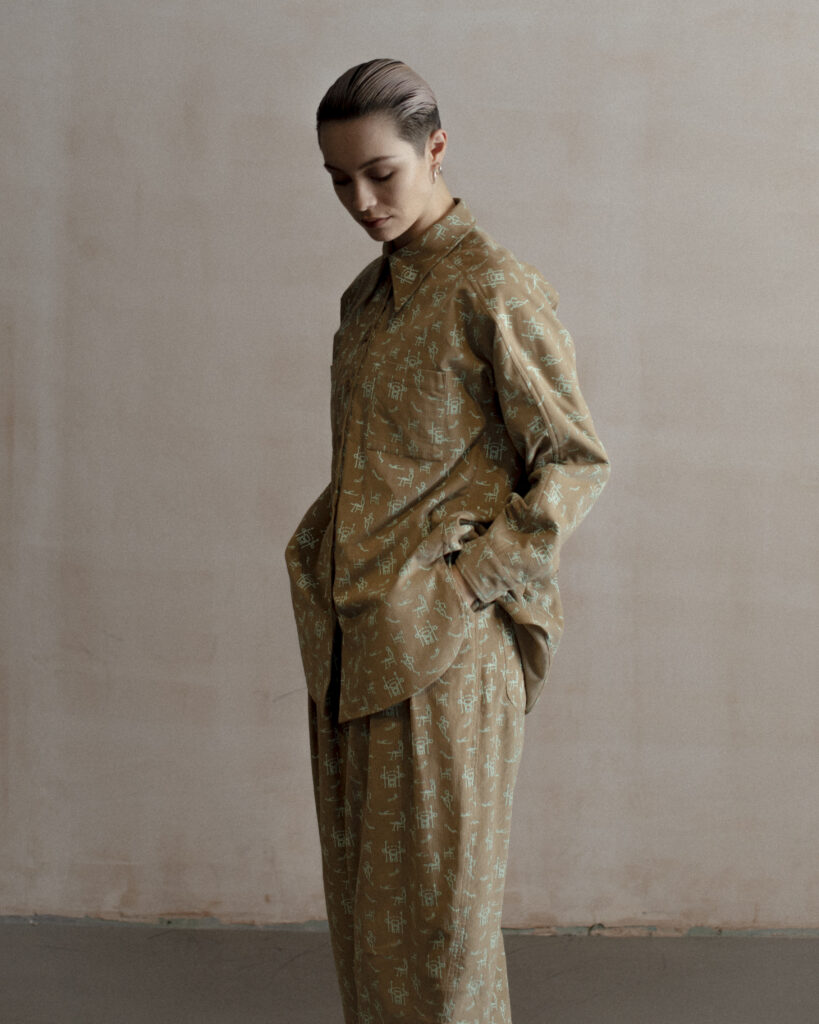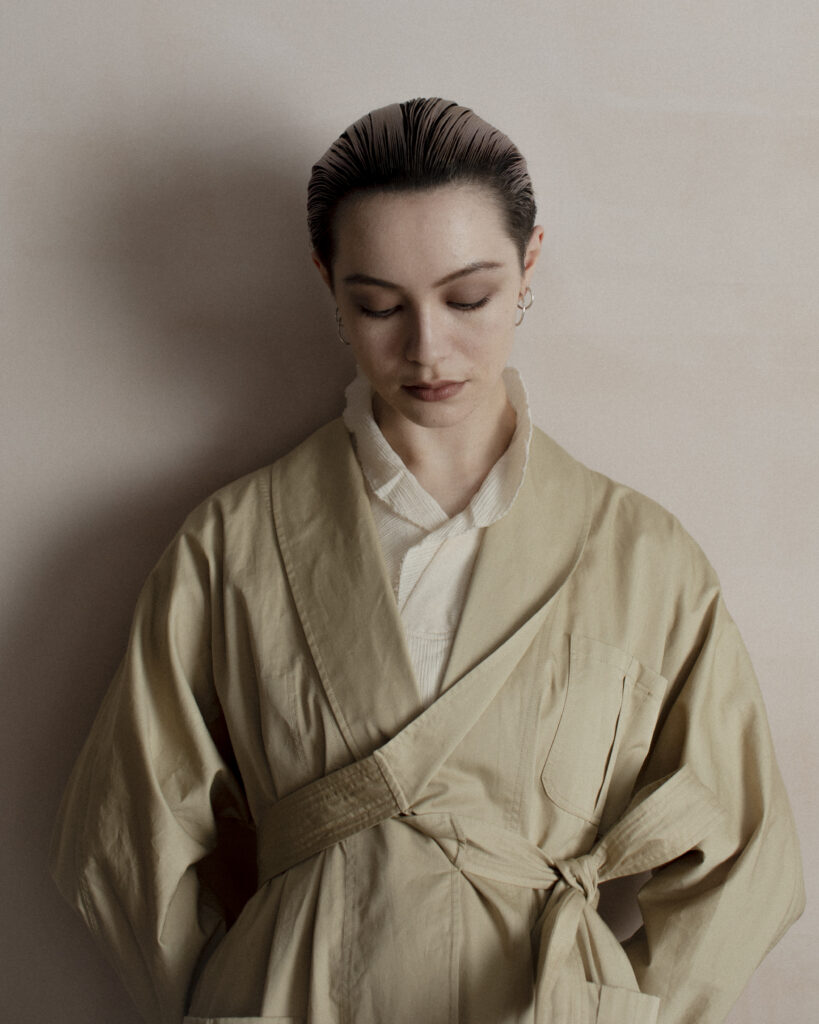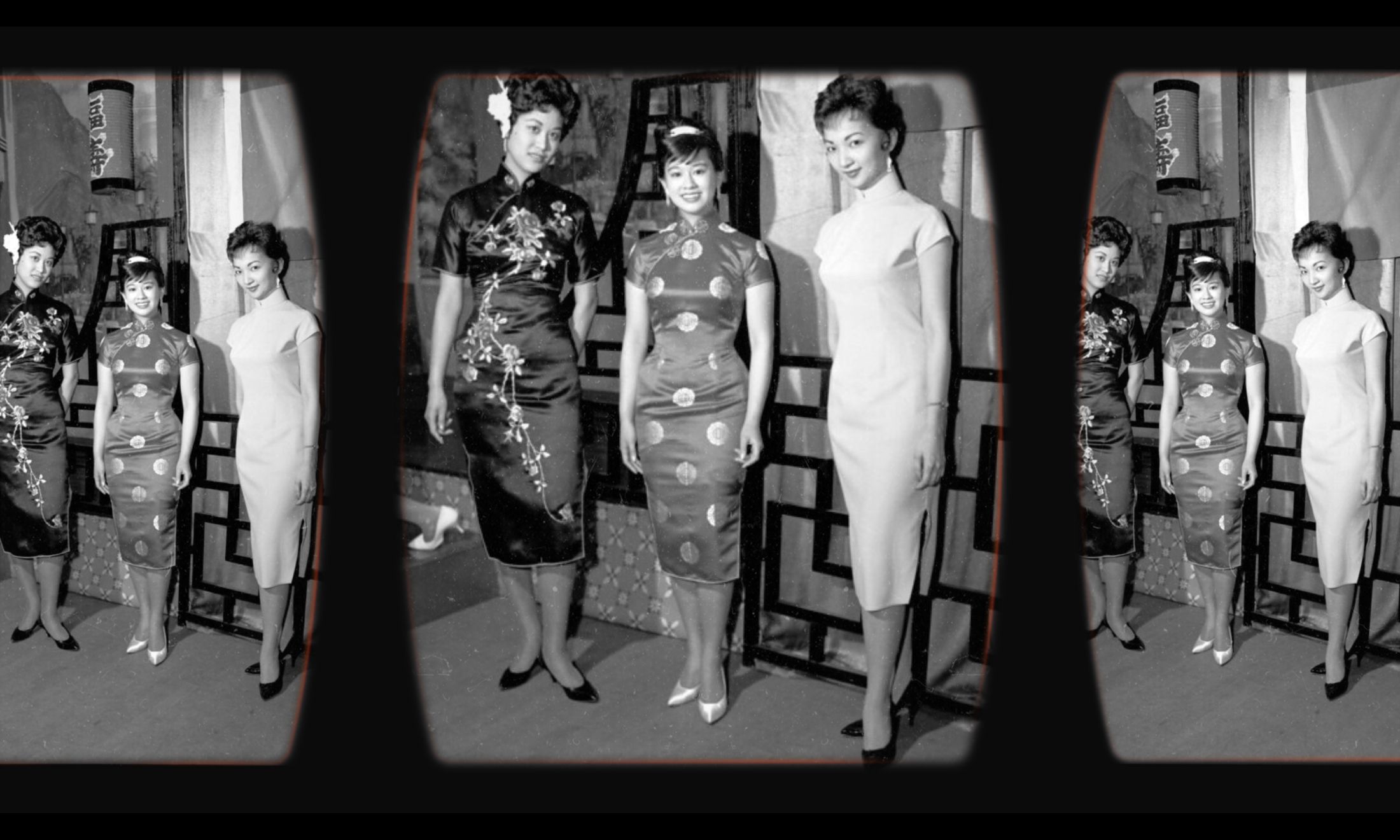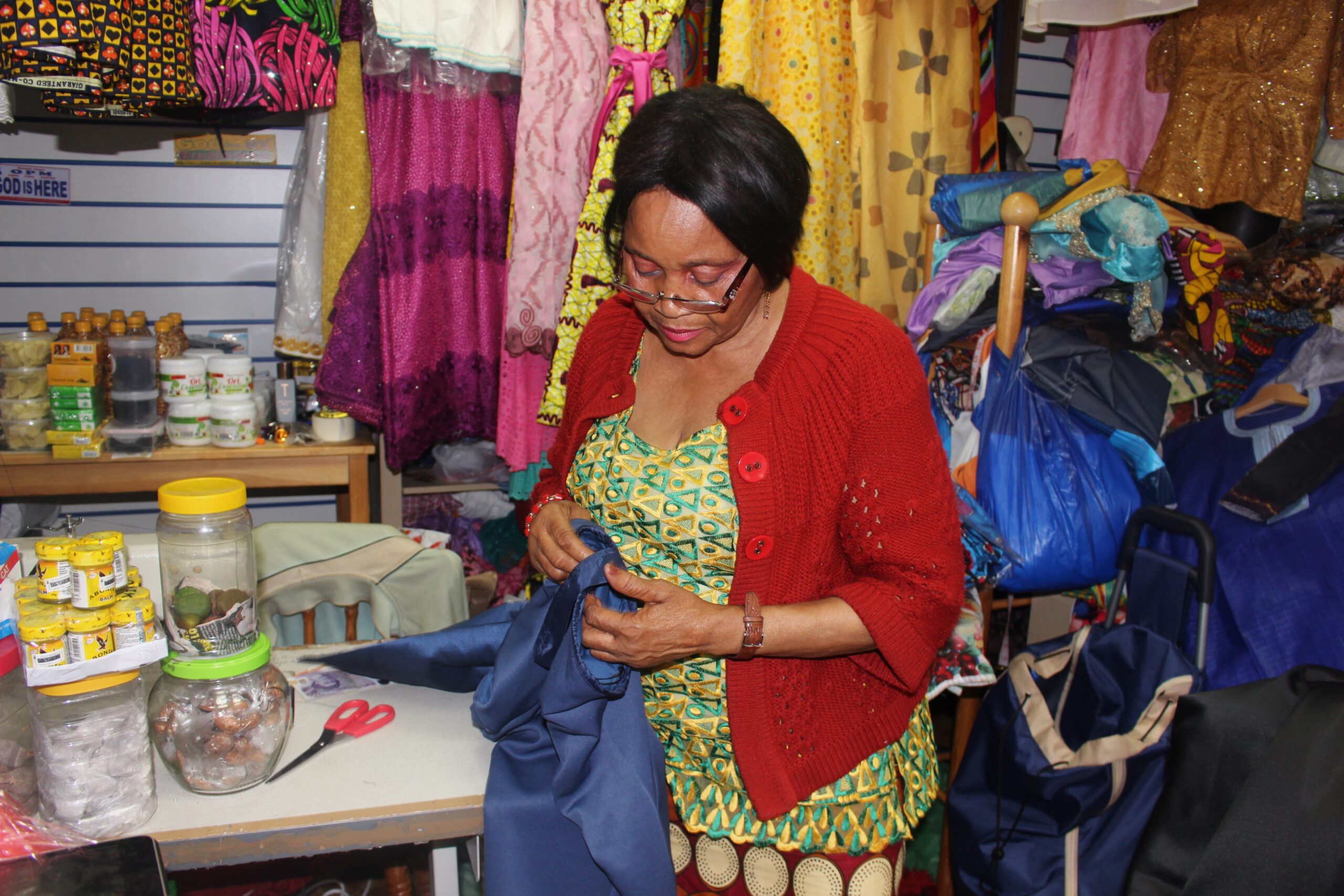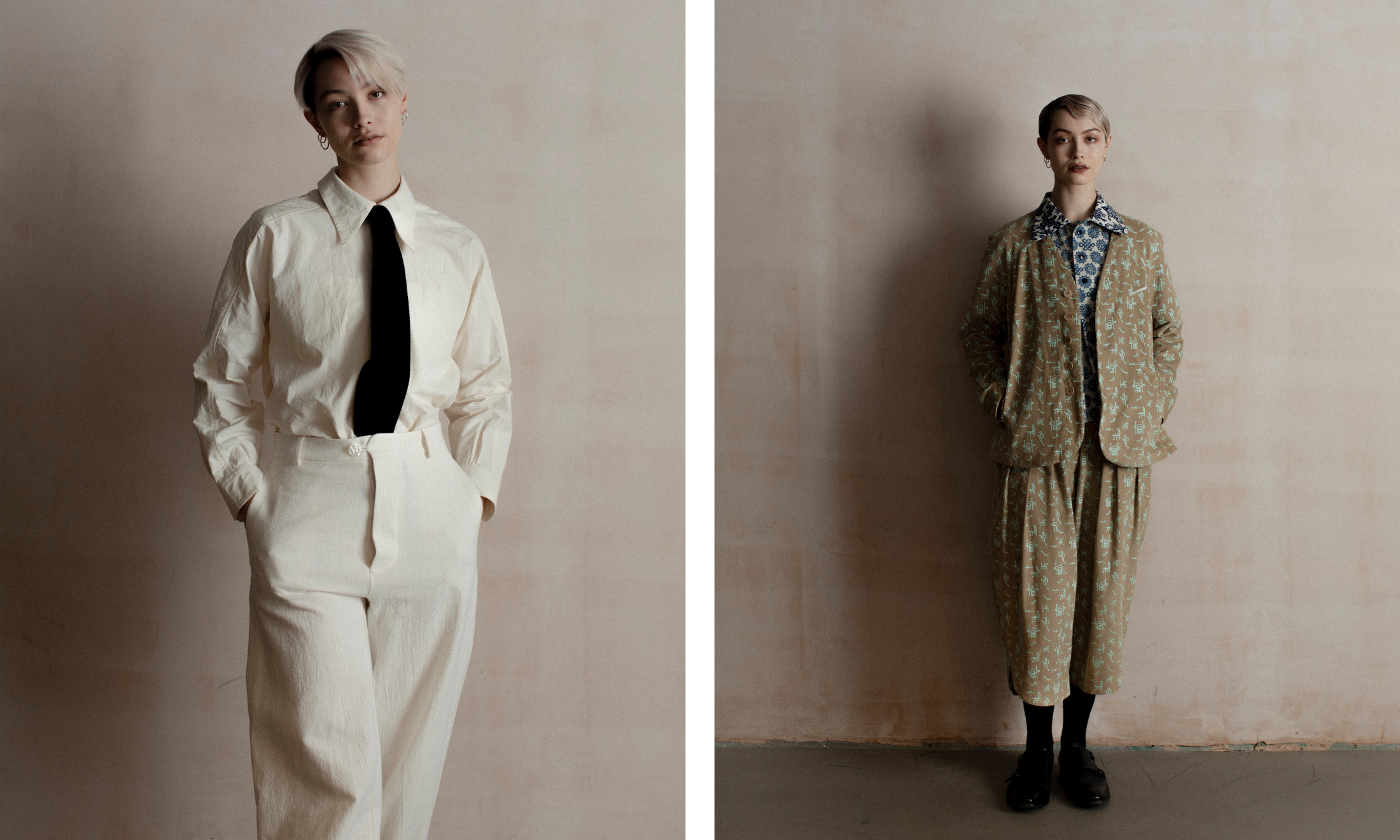
Paul Phung for seventyfive
This fashion designer is bringing photos from a 1930s Chinese magazine to life
seventyfive founder Janny Ye’s latest collection looks to androgynous styles of the past to inspire fashion in the present.
Suyin Haynes
11 Jul 2022
Fashion designer Janny Jingyi Ye’s memory of first coming across Linglong magazine is hazy, but she does remember a YouTube video of a Chinese designer talking about 1930s magazines that sparked her interest. From there, she delved into the world of Linglong – a pocket-sized, weekly magazine printed in Shanghai that ran for nearly 300 issues between 1931 and 1937. Alongside sheet music, essays on relationships and photographs of Hollywood fashion inspirations, it was the reader’s photo contributions that caught Janny’s eye.
“People would submit their little pieces of writing, alongside poetry, and then the magazine would publish these with the photographs of the author,” says Janny, who grew up between Guangzhou, Shenyang and Vancouver before starting her brand seventyfive in London in 2020. “It seems like they were getting these writings from all over China, but it was most popular in Shanghai.”
Designed to be read from both the front and back covers, Linglong (which can be translated as ‘elegance’) was only 13cm in height but was hugely popular in 1930s China. As the Chinese-American essayist Eileen Chang noted of her school days in Shanghai, “every female student had an issue of Linglong magazine in hand during the 1930s.”
While Janny looked through the digitised archives of Linglong, she noticed many themes in the submissions could have been published now, instead of 90 years ago; particularly when it came to the images women readers submitted of themselves wearing garments more typically worn by men. These photos were thought of as subversive for the time, and were the starting point for Janny’s work on her new collection Cardinal – a range of 11 outfits designed for S/S 2023, based on her research into Linglong’s archives and other fashion references of that era.
Speaking from her studio in North London, Janny takes us on a brief tour (as far as that’s possible via Zoom), showing her desk, mannequin and mood board with some of the archival imagery used for the collection, which was “constantly changing” as she did more research. The collection’s pieces are genderless and use a numbers system for the sizing, and the garments are crafted in a largely neutral colour palette using materials including cotton corduroy and hand-printed vintage fabrics from China. Think crisp, clean tailoring, loose fits, and plenty of pockets for practicality. One of the screen print patterns Janny used was even adapted from exercise instructions she found in a 1931 issue of Linglong.
“I was constantly looking at [the images], and my brain started to just think about things from more of a menswear perspective, where there’s a lot more details and functionality,” says Janny, who recently collaborated with DAZED on a short film for London Fashion Week showcasing Cardinal featuring a non-binary protagonist. Thinking about the construction and functionality of the garments came into play too, for example, one piece in the collection is a skirt with a tailored silhouette inspired by men’s underwear. “You wouldn’t be able to tell it’s [inspired by] underwear, but I took all the details from it.”
Janny also looked to the finer details in Linglong, which represents an intimate look at the lives of Chinese women and girls during a time of rapid social and political change. As the C.V. Starr East Asian Library at Columbia University (home to the Linglong digital archives) notes, the magazine’s goal was “to promote the exquisite life of women, and encourage lofty entertainment in society.”

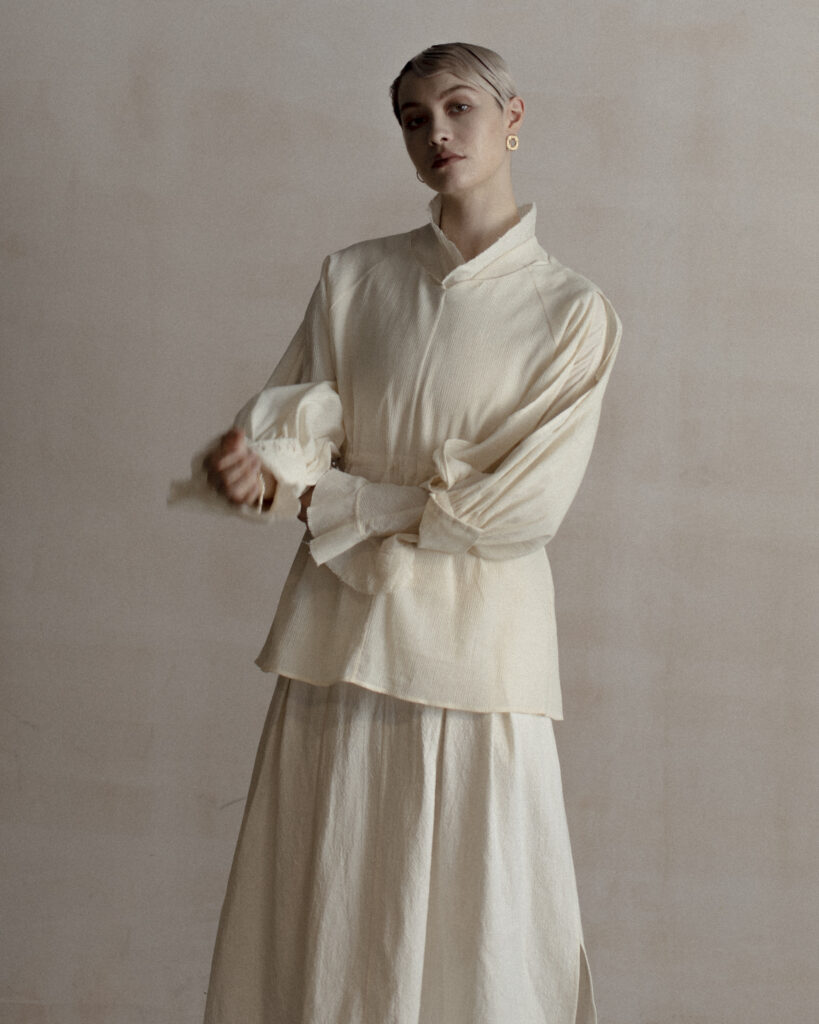
While both men and women contributed articles, the majority appear to have been written by women, ranging from essays on love and relationships, to articles on pregnancy and children. Janny was struck by the forward-thinking nature of the concepts outlined in the magazine’s writings, including articles questioning whether getting married was necessary and highlighting the importance of long-term friendships instead.
Linglong promoted the image of the ‘New Woman’; one who was independent, educated, and international in her outlook. This too translated to her fashion sense; her hair was bobbed, she mixed traditional dress with modern elements, and of course, masculinity with femininity. “That sort of aesthetic is something I’ve never really seen before, and I think in that sense, they don’t feel as dated as they actually are,” says Janny. Many of the reader images aren’t heavily styled, but more photographs of everyday life with a casual, spontaneous quality.
“Fashion is constantly building bridges between the history and now”
Janny Jingyi Ye
At that time, Shanghai was the main city with international links in China, and in Janny’s reading of the images, those influences come through; such as students trying to alter school uniforms to appear more ‘western’. For Janny, Linglong as a reference point feels distinct from other interpretations of Chinese history and fashion, particularly those that orientalise and lean on stereotypes. “This is a rich archive that we can look at, which is closer to what my culture and what my background is.”
The magazine also had a section dedicated to Hollywood gossip, news and fashion. With glamorous close-up shots of Hollywood starlets like Loretta Young and Anita Louise and car and appliances advertisements, historians have argued that the magazine also gives an insight to depictions of American life abroad. And while names like Katharine Hepburn and Marlene Dietrich might be well known in Europe and the U.S. for blending traditional notions of masculinity and femininity into their personal style during this era, Janny is keen to spotlight those whose histories may be more hidden, and who were also dressing in androgynous styles.
“From artists to actors, or just people in everyday life, there were a lot of fun journeys in the 1930s – but maybe they’ve been hidden to the mainstream culture,” she says, referring to people like Cantonese-American film director Esther Eng, who was the first woman director to direct Chinese language films in the United States, and Mai-Mai Sze, who was a Chinese-American artist and art critic. Both women are considered queer pioneers who examined race and gender in their works, which still have relevance now. “It’s intriguing, I think, that these things from these diasporic communities continue to be seen as useful for making sense of what’s happening now,” says Janny.
Janny’s interpretation of the Linglong archives is in some ways a continuation of one of her previous projects titled Pomelo; a five volume zine responding to the themes and ideas found within Linglong through fashion, photography and interviews. The research for both Pomelo and Cardinal has prompted reflection on Janny’s own identity. “My work has helped me consider who I am on a daily basis, what I want to do and how diverse I can go,” she says. She recalls looking at a photo of a busy street in Guangzhou in the 1930s and comparing it to an image of the same place in the present day. “Having this contrast of what was before and where things are now helps me understand myself now too. I guess fashion is constantly building bridges between the history and now.”
Like what you’re reading? Our groundbreaking journalism relies on the crucial support of a community of gal-dem members. We would not be able to continue to hold truth to power in this industry without them, and you can support us from £5 per month – less than a weekly coffee.
Our members get exclusive access to events, discounts from independent brands, newsletters from our editors, quarterly gifts, print magazines, and so much more!

